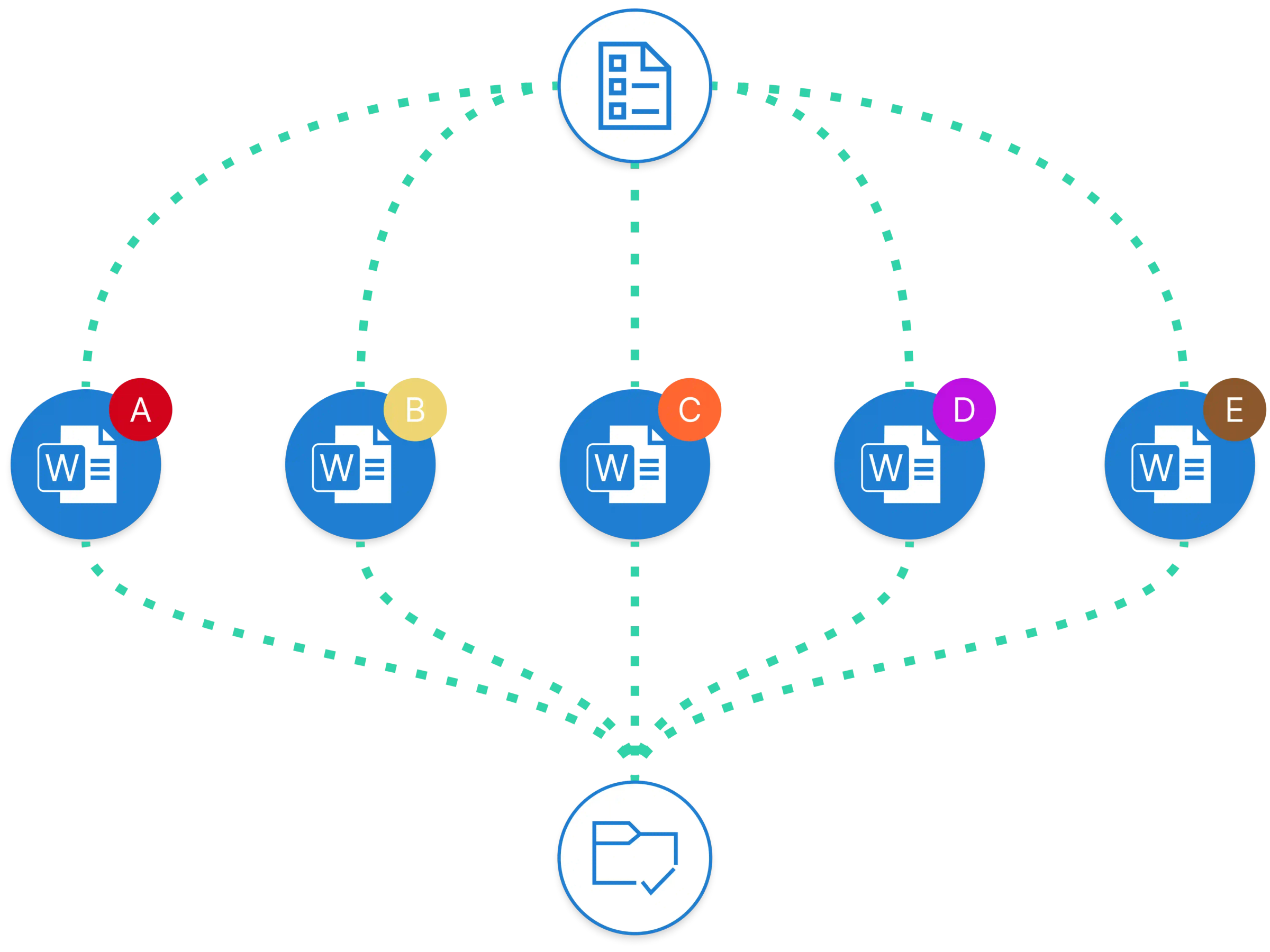Take repetitive legal documents off your plate
With Advanced Document Automation by MyCase, quickly and accurately generate MS-Word based legal documents from fee agreements to discovery requests to trusts and wills.
Want to learn more about our document automation features?
Save hours of drafting time
Advanced Document Automation transforms your MS-Word documents into smart, reusable templates. You’ll save 90% of drafting time and gain peace of mind that your client documents are error-free.

Effortlessly create, sign and send documents
Quickly and accurately draft legal documents from agreements and contracts to estate plans, corporate formations, and child custody plans with existing MyCase data.
Populate multiple documents for the same case all at once
Automatically save completed documents within cases
Sign documents seamlessly with MyCase eSignature and send directly from MyCase

Avoid embarrassing errors
No more worrying about misspellings, typos, or missed information. Eliminate redundant data entry and common oversight errors by customizing text and language using conditional logic, formulas, and other automation tools.

Standardize for peace of mind
Ensure your team is always working with the most up-to-date version of a client document. Simplify document maintenance when you merge multiple precedent documents into one template, making updates easy.
See MyCase’s pre-built, downloadable Microsoft Word templates here


Let's revolutionize the way you work
Join lawyers from over 18,000+ firms who trust MyCase to grow their firm while managing their caseload.